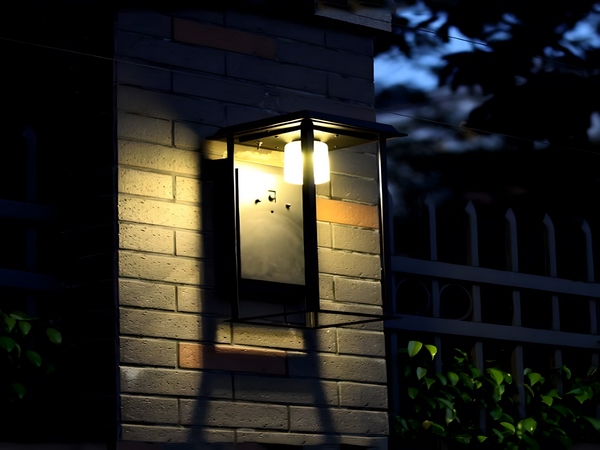
Nowadays, it can be said that traffic lights have a significant impact on our lives. Their presence ensures the smooth flow of urban traffic and safeguards people’s lives. So, what are the relevant construction methods and technical requirements?

1. Excavating the Trench
The first step is to excavate the trench. The construction sequence for trench excavation includes positioning, trench digging, subgrade treatment, and acceptance.
1. Positioning

The traffic light installers should measure the coordinates and elevation of the main pipe according to the construction drawings, then set up stakes and lines based on the specified orientation in the drawings. Once the position, width, and depth of the trench are confirmed, deviations must comply with the quality inspection standards.
2. Excavation
Either mechanical excavation or manual excavation can be used. The trench side slopes must be set to 1:0.33, and disturbing the trench bottom is strictly prohibited. It is also essential to ensure the quality of the foundation soil.
3. Subgrade Treatment
The trench bottom must have a very solid soil layer. If it is not solid, treatment is required.
2. Laying the Pipeline
The procedures for laying the pipeline include lowering the pipe, stabilizing the pipe, and handling the pipe connections.
1. Lowering and Stabilizing the Pipe
The materials and fittings used for the pipes must meet design requirements. After entering the site, they must pass acceptance checks before installation. The pipes should be slowly placed at the bottom of the trench, and each pipe must be aligned with the central line of the interface, strictly adhering to construction specifications.
2. Handling Pipe Connections
Preparation for the connection stages is crucial. During welding, strict adherence to process requirements for the heating and cooling times is necessary.
Finally, the construction of traffic lights requires backfill soil to be screened. This process must not contain any organic materials or construction debris, including large stones.



